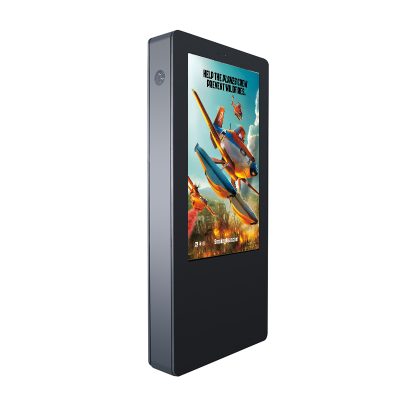Customizing LED video walls for unique spaces involves tailoring the design, content, and installation to suit the specific characteristics and objectives of the environment. Here’s a step-by-step guide on how to achieve a customized LED video wall for unique spaces:
- Space Assessment:
- Begin by thoroughly evaluating the unique features of the space, including dimensions, layout, architectural elements, and lighting conditions. Consider how people will move through and interact with the space.
- Define Objectives:
- Clearly define the goals and objectives for the LED video wall installation. What is the primary purpose of the display? Is it for branding, information, entertainment, or a combination of these?
- Aspect Ratio and Resolution:
- Determine the ideal aspect ratio and resolution for the LED video wall based on the content to be displayed and the viewing distances within the space.
- Custom Panel Sizes and Shapes:
- Consider using custom-sized or shaped LED panels to fit the space perfectly. Curved or irregular arrangements can add visual interest and uniqueness.
- Bezel Width:
- Choose LED panels with ultra-narrow bezels or explore bezel-less options to minimize the visual interruption caused by bezels.
- Content Strategy:
- Develop a content strategy that aligns with the space’s purpose and objectives. Create content that complements the environment and engages the target audience effectively.
- Interactive Elements:
- Incorporate interactive features, such as touchscreens, motion sensors, or augmented reality, if they enhance the user experience and align with the space’s goals.
- Integration with Architecture:
- Collaborate with architects and designers to seamlessly integrate the LED video wall into the architecture of the space. This may involve custom framing, recessed installations, or embedding the display into walls or fixtures.
- Ambient Lighting Control:
- Implement ambient lighting control systems to ensure that the LED video wall remains visible and impactful under varying lighting conditions. This may include automatic brightness adjustment based on ambient light levels.
- Audio Integration:
- If audio is part of the experience, integrate speakers and sound systems that complement the visuals and create a cohesive audiovisual experience.
- Accessibility and ADA Compliance:
- Ensure that the LED video wall installation adheres to accessibility standards, making it usable by all individuals, including those with disabilities.
- User-Friendly Control:
- Choose a user-friendly control system for managing content and scheduling, allowing for easy customization and updates.
- Safety and Regulations:
- Adhere to safety regulations, including electrical standards and fire codes, as applicable to the space.
- Testing and Optimization:
- Conduct thorough testing and optimization of the LED video wall to ensure it meets the desired specifications and objectives for the unique space.
- Scalability and Future Expansion:
- Plan for future expansion or upgrades by selecting a scalable LED video wall system that can accommodate additional panels or technology enhancements.
- Professional Installation and Maintenance:
- Work with experienced professionals or contractors who specialize in LED video wall installations and maintenance to ensure a successful and customized outcome.
- Content Management and Updates:
- Establish a content management plan that allows for regular updates and customization to keep the LED video wall fresh and relevant.
By following these steps and considering the unique characteristics and goals of the space, you can create a customized LED video wall installation that seamlessly integrates with its surroundings and delivers the intended impact. Collaboration among architects, designers, A/V specialists, and content creators is often essential to achieve a tailored and visually striking result.















